The German Shepherd, renowned for its versatility and intelligence, is one of the most popular dog breeds globally. Initially bred for herding and guarding sheep, their role has evolved, making them a favorite among police and military forces, as well as loving family companions. Part of what makes the German Shepherd so appealing is the variety of stunning colors in which they appear. While many people are familiar with the classic black and tan or sable coats, German Shepherds come in an array of shades that are not only beautiful but often come with interesting genetic and historical backgrounds. This article explores seven stunning color variations of the German Shepherd, each presenting a unique aspect of this majestic breed. From the regal black German Shepherd to the rare blue or liver, each color variation tells a story of genetic diversity and breed evolution.
1. Black

The solid black German Shepherd is a striking variation that exudes an air of mystery and nobility. Unlike the more common bicolor or saddle-patterned shepherds, the black German Shepherd is uniformly dark, with its intense coloration resulting from a recessive gene. Both parents must carry this gene to produce a black puppy. Historically, this color was highly prized in early breeding programs in Germany, as it was believed to signify strength and purity. Black German Shepherds are not only stunning but are known for their loyal and protective nature, making them excellent guard dogs. Their striking appearance and loyal demeanor make them particularly popular for both professional work in law enforcement and companionship.
2. White

The white German Shepherd is both beautiful and somewhat controversial, often mistaken for or misrepresented as albinos. However, their snowy coats come from a completely different genetic basis. The white coloration is caused by a recessive gene that masks the true color of the dog. These dogs have dark eyes and skin, indicating that they are not true albinos. White German Shepherds are known for their calm and gentle temperament, which contrasts with the more traditional view of German Shepherds as strictly working dogs. Despite their peaceful nature, they retain the breed’s characteristic protectiveness and intelligence, making them wonderful family pets and capable working dogs in roles such as search and rescue.
3. Sable
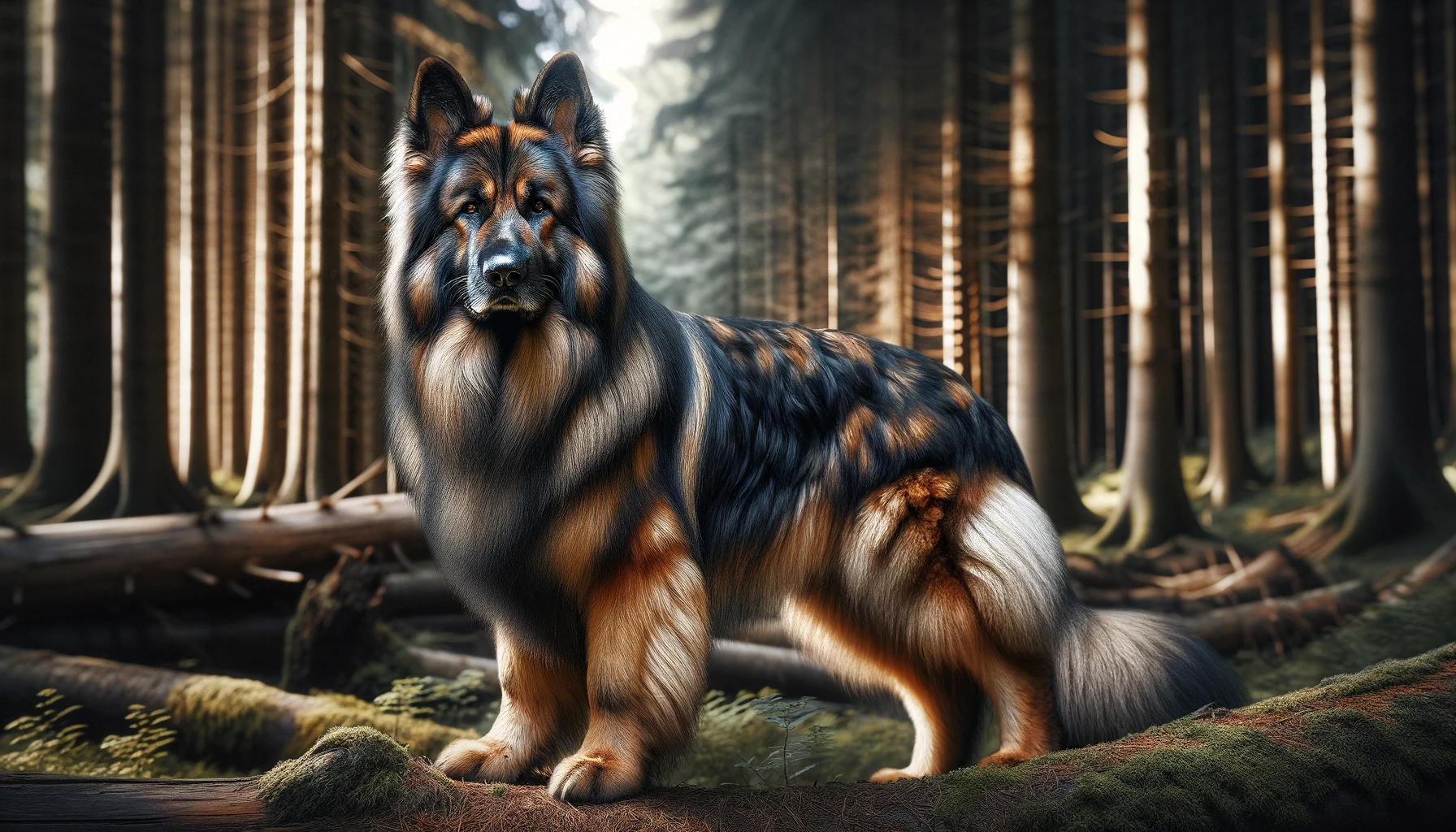
Sable German Shepherds display perhaps the most typical coloration seen in their original herding ancestors. The sable coat features a mixture of dark and light hairs, which gives them a wolf-like appearance. This pattern is dynamic, meaning it can change as the dog matures, with puppies often being born darker and lightening as they age. The sable color is dominant and genetically interesting because it is the original color of the breed and gives insight into the breed’s historical working roles. Sable German Shepherds are highly regarded for their sharp intellect and versatility, excelling in various roles from service to protection.
4. Black and Tan
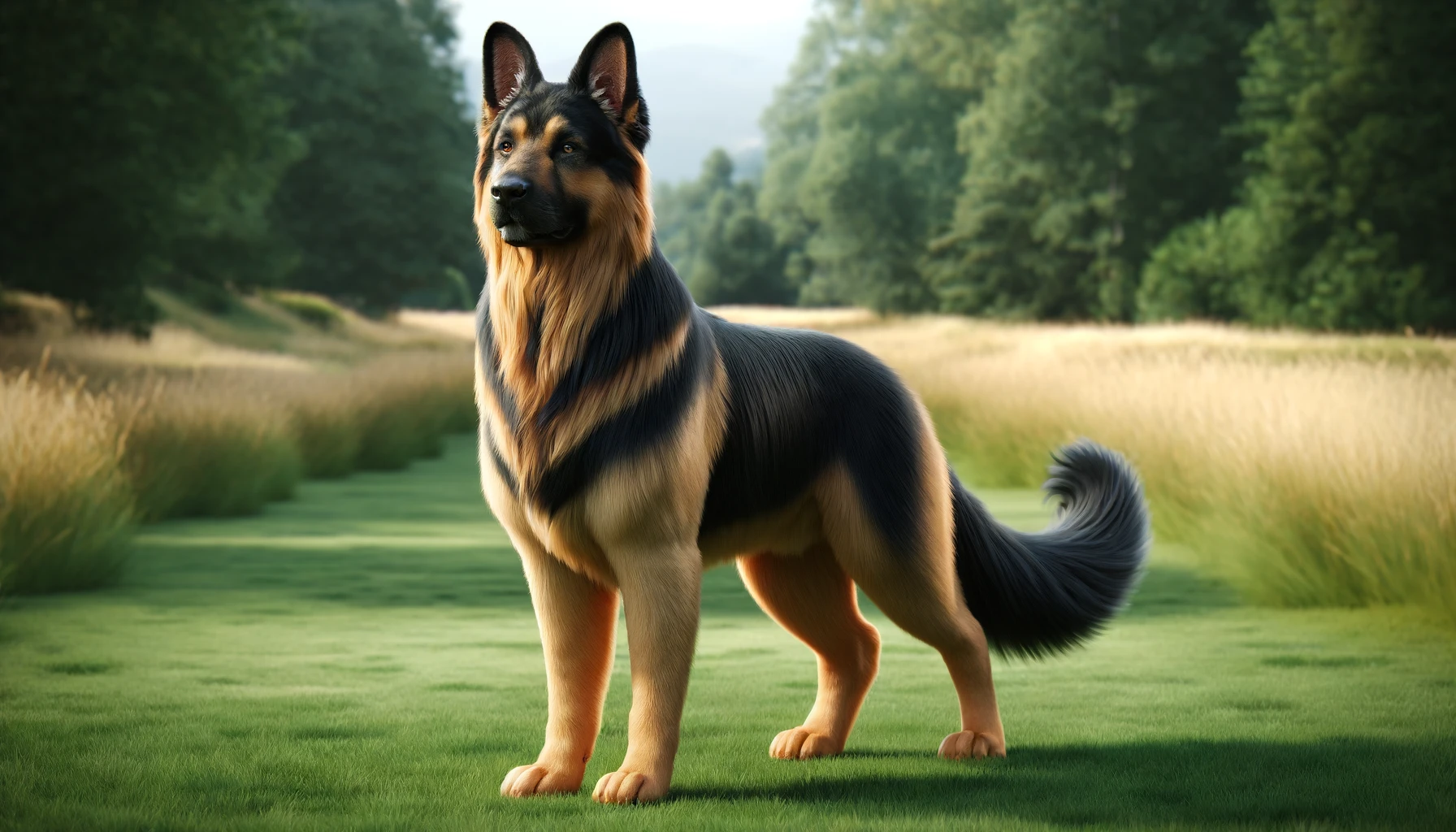
The black and tan German Shepherd is one of the most iconic and recognizable color schemes within the breed. This pattern features a predominantly black body with tan or cream markings over the eyes, on the cheeks, chest, legs, and beneath the tail. The distribution of black and tan can vary greatly, making each dog distinctly unique. This coloration is a result of a genetic mechanism that allows the black color to recede to certain parts of the body, revealing the tan underneath. Dogs with this coloring are often associated with classic police and military dogs, reflecting their strong working lineage and balanced temperament.
5. Black and Red
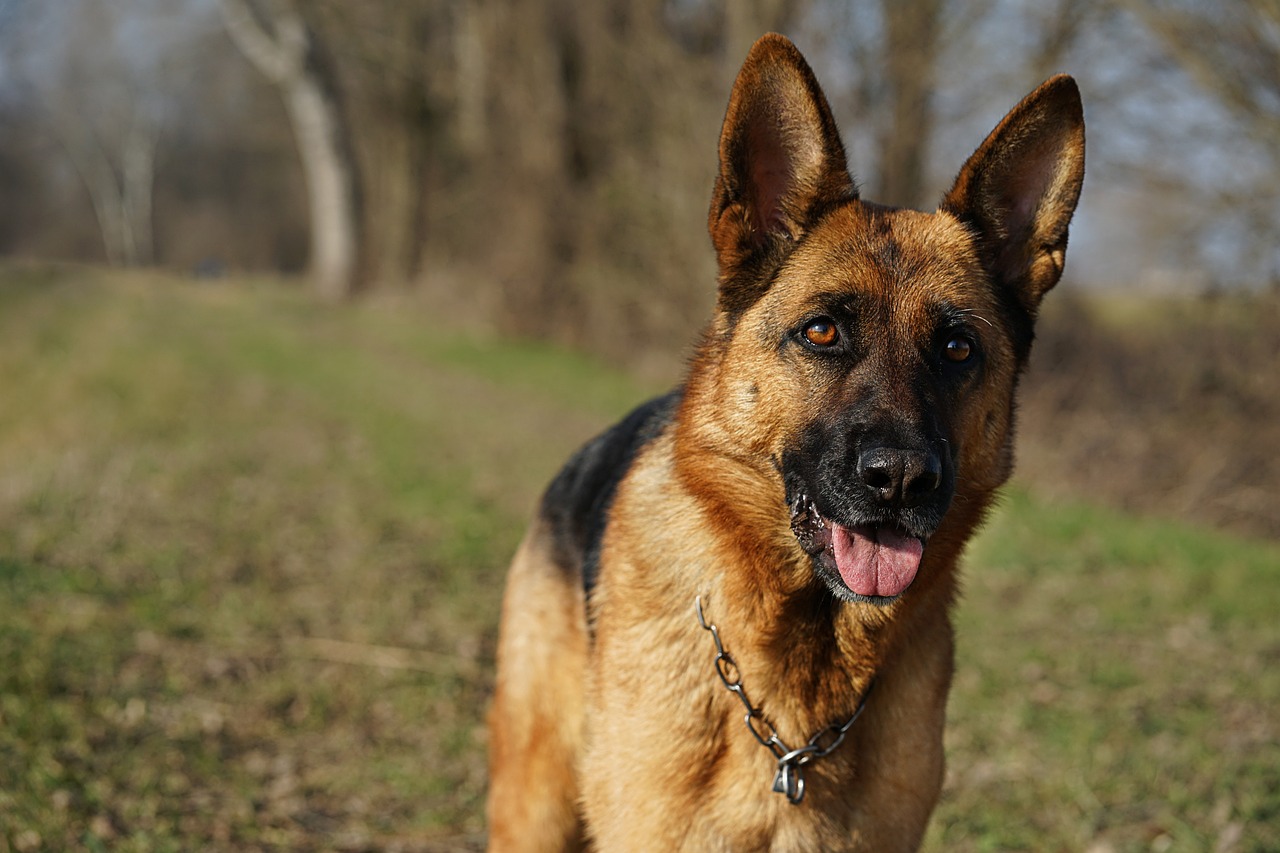
The black and red German Shepherd is a visually stunning variation that has gained popularity due to its vibrant, contrasting colors. The deep, rich red patches are more intense and defined than the more common tan markings. Breed enthusiasts often seek out this particular coloration for both show and breeding purposes because it stands out dramatically in the show ring. The genetics behind the red hue involve a deeper pigmentation that sits within the tan spectrum, producing a visually striking companion. These dogs share the same traits as their black and tan siblings but carry an extra flair with their coloring, appealing to those looking for a dog with show-stopping beauty and capable abilities.
6. Blue
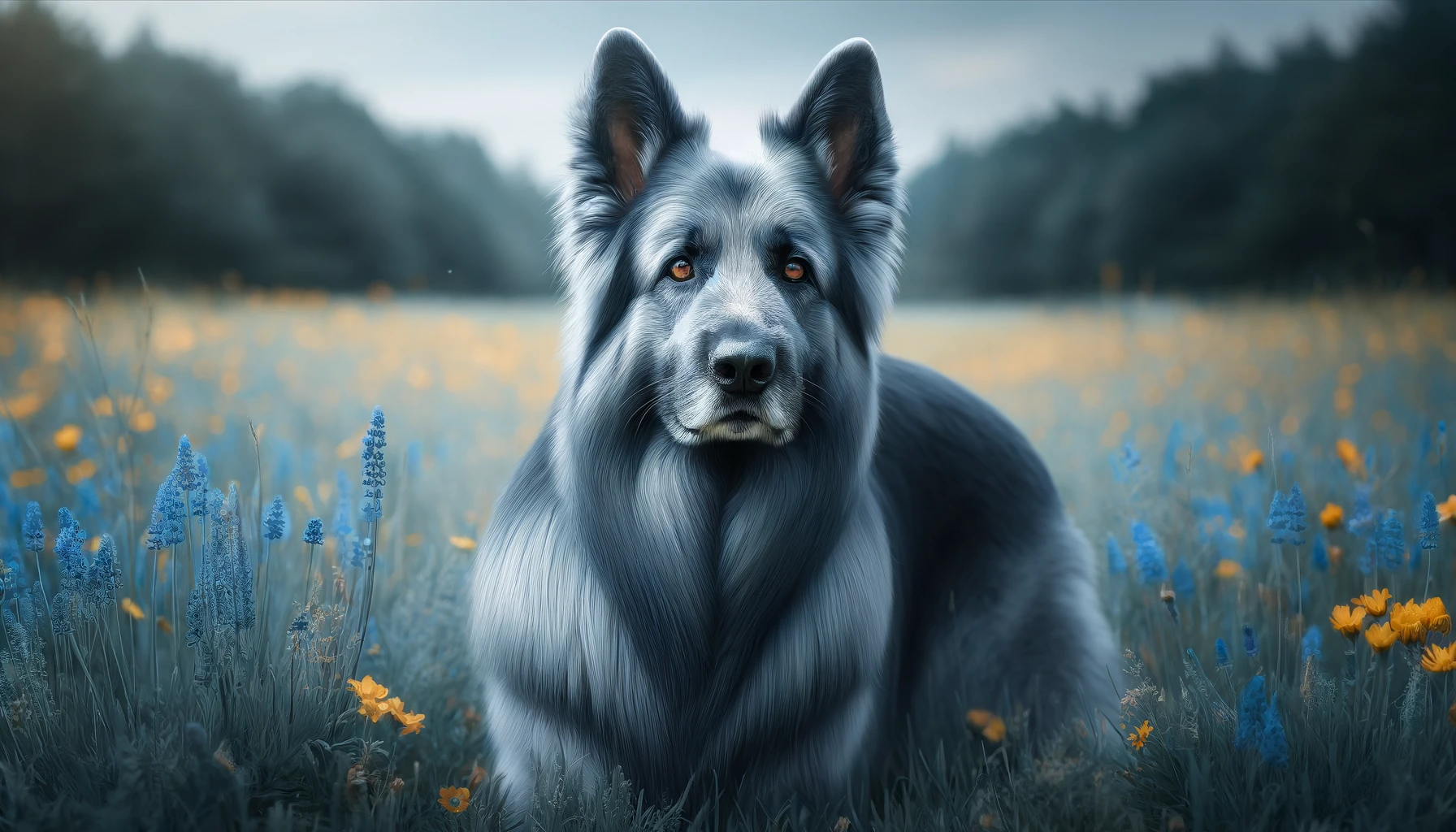
Blue German Shepherds are a rare color variation that features a unique dilution of the traditional black pigment. The blue tint is not a bright blue but a subtle, steel-gray shading across the dog’s coat. This coloration is due to a rare genetic mutation affecting the black pigment, turning it into a softer and more diluted color. Because of its rarity, the blue German Shepherd is often a topic of interest among breed enthusiasts. Despite their unusual appearance, blue German Shepherds maintain the breed’s characteristic traits of intelligence and protectiveness but can sometimes face challenges in breed standard acceptance due to their unconventional color.
7. Liver
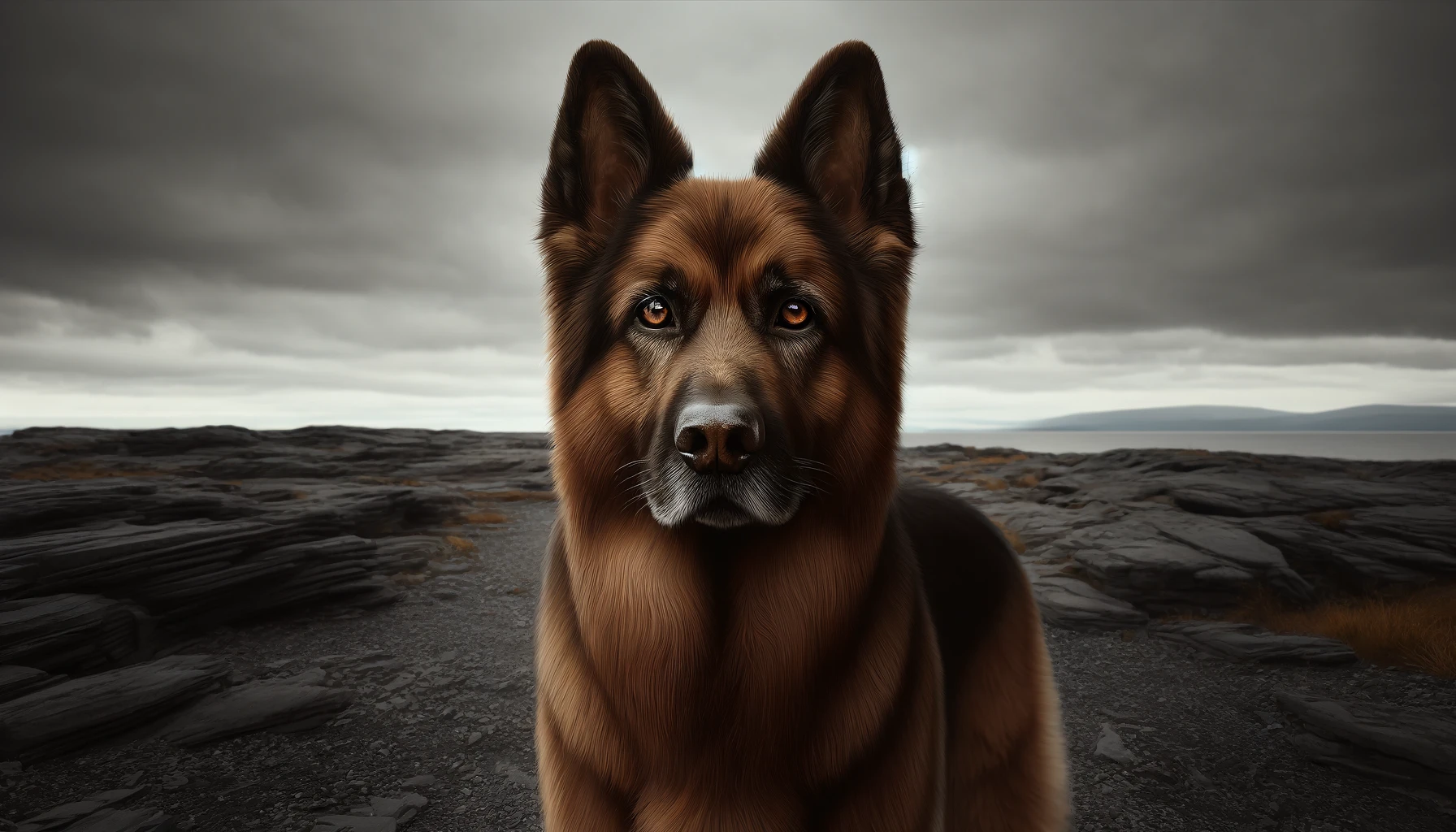
Liver German Shepherds possess a warm, brownish tone that replaces the traditional black in their coats. This color comes from a recessive gene that affects the pigment in the dog’s fur and skin, resulting in everything from a deep chocolate to a lighter cinnamon shade. The liver color can appear in either solid or patched patterns, often accompanied by stunning amber eyes that match the coat’s warm tones. Liver-colored German Shepherds are quite rare and, like blues, can face challenges in conforming to traditional breed standards. However, they are cherished for their unique beauty and maintain all the desirable qualities of the breed, such as loyalty and intelligence.
The German Shepherd is a breed of remarkable diversity and capability, with a range of colors that not only add to their aesthetic appeal but also reflect their rich genetic and historical tapestry. Whether serving in a professional capacity or as loyal companions, the color variations of German Shepherds—from the deep, uniform black to the rare and striking liver—highlight the breed’s adaptability and distinct identity. Each color variation not only offers a unique look but also embodies the same traits that make German Shepherds one of the most beloved breeds in the world.
Frequently Asked Questions About German Shepherd Colors
1. What are the most common color variations of German Shepherds?
German Shepherds are known for their variety in coat colors. The most common variations include black and tan, sable, and all-black. The black and tan German Shepherds have a predominant black body with tan markings on the legs, chest, and face. Sable German Shepherds feature a mix of dark and light colors, giving them a more wolf-like appearance. The all-black German Shepherd is less common and has a striking, solid black coat.
2. Is the white German Shepherd considered a separate breed?
No, the white German Shepherd is not considered a separate breed; it’s simply a color variation of the German Shepherd breed. The white color results from a recessive gene that masks the darker colors typical of the breed. These dogs have the same physical structure and behavioral traits as any other German Shepherd and are recognized by some breed clubs but not all, notably not by the German Shepherd Dog Club of Germany.
3. Are certain colors of German Shepherds more prone to health issues?
There is no definitive evidence linking coat color to health issues in German Shepherds. However, some color variations like the blue and liver, which result from dilution genes, are sometimes associated with a higher incidence of skin and coat problems. It’s essential to maintain regular veterinary check-ups and good general care to keep any German Shepherd healthy, regardless of coat color.
4. Can German Shepherds be multi-colored?
Yes, German Shepherds can appear in multi-colored patterns, though these are less common. The most recognized multi-colored pattern is the black and tan, but there are also dogs with black and red, and even tri-color patterns that include black, white, and tan. However, purebred German Shepherds will not show the extreme variety of colors seen in breeds like the Collie or Australian Shepherd.
5. Why is the black German Shepherd rare?
The black color in German Shepherds is recessive, meaning both parents must carry the gene to produce black offspring. Since the black gene is less common than the dominant genes for other colors, black German Shepherds are rarer. They are sought after for their striking appearance and are equally capable in terms of temperament and ability as other German Shepherds.
6. Do German Shepherd puppies change color as they grow?
Yes, German Shepherd puppies can change color as they mature. Puppies born sable, for instance, may lighten or darken as they grow, depending on their genetic makeup. It’s common for German Shepherd puppies to have a different shade and color distribution as adults compared to when they were puppies. This change can continue until they are about two years old.
7. What is the rarest color of German Shepherd?
The rarest colors of German Shepherd are blue and liver due to the dilution and recessive genes required to produce these colors. These colors are not standard and are often disqualified in professional show rings, but they do occur naturally. Both colors require specific genetic conditions to be met, making them less common than the standard colors.
8. How does color affect the German Shepherd’s work ability?
The color of a German Shepherd does not affect its ability to work. German Shepherds are valued for their intelligence, strength, and versatility in various roles such as police work, search and rescue, and as service animals. Their work ability is determined by their training, health, and individual temperament, not their coat color.
9. Are darker German Shepherds better for security purposes?
There is a common misconception that darker German Shepherds are better for security purposes, but color has no impact on a dog’s ability to be a good working dog or protector. The training and temperament of the German Shepherd are what make it effective in security roles. Regardless of coat color, a well-trained German Shepherd can excel in protection work.
10. Can I determine the color of my German Shepherd puppy from its parents?
To some extent, you can predict the possible colors of German Shepherd puppies based on the colors of their parents due to genetic inheritance patterns. However, due to the variety of genes involved in coat color, it’s not always straightforward. Experienced breeders can often give a good estimate based on the colors and genetics of the parents, but surprises do happen, especially with colors involving recessive genes like blue and liver.
 Toledo, United States.
Toledo, United States.